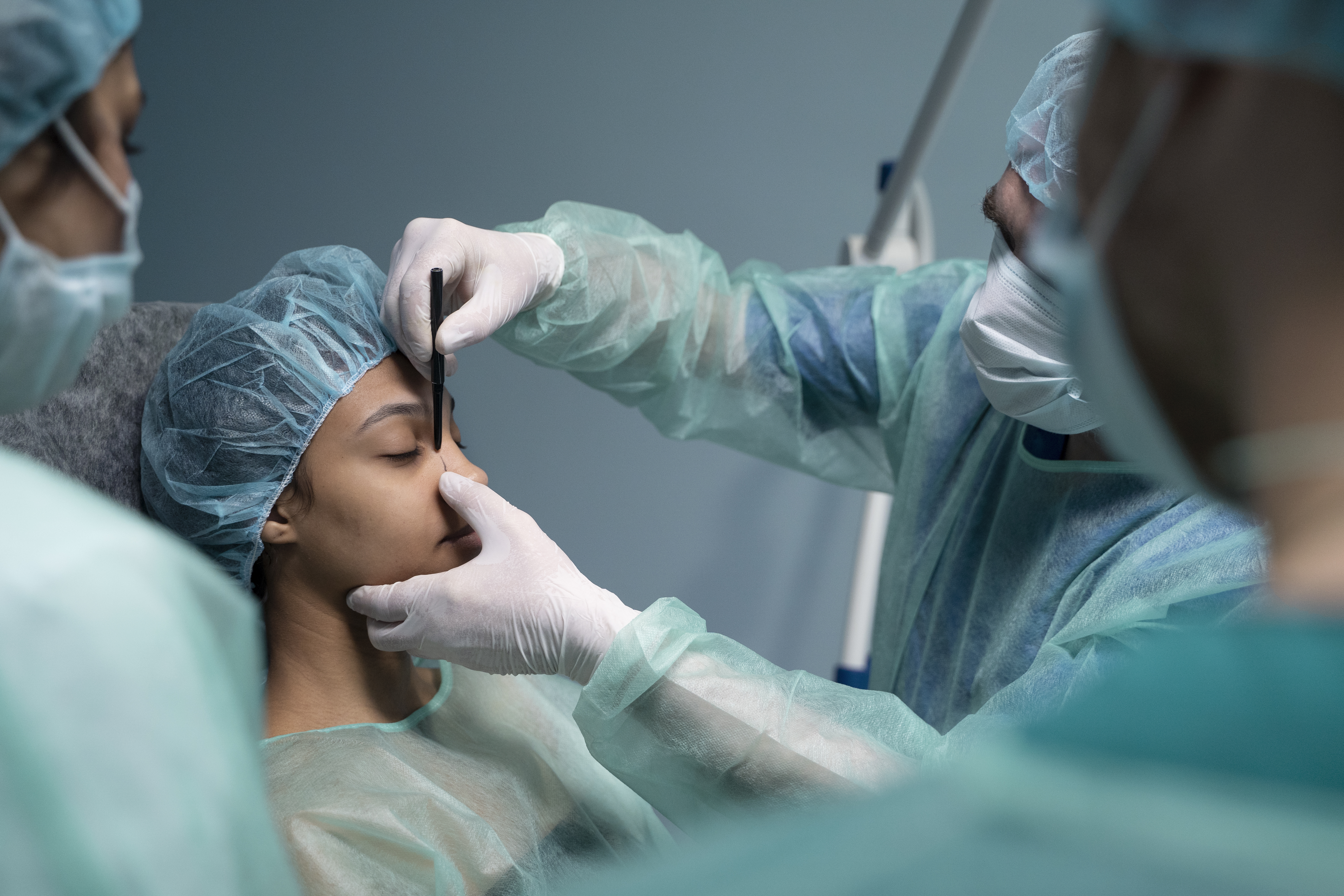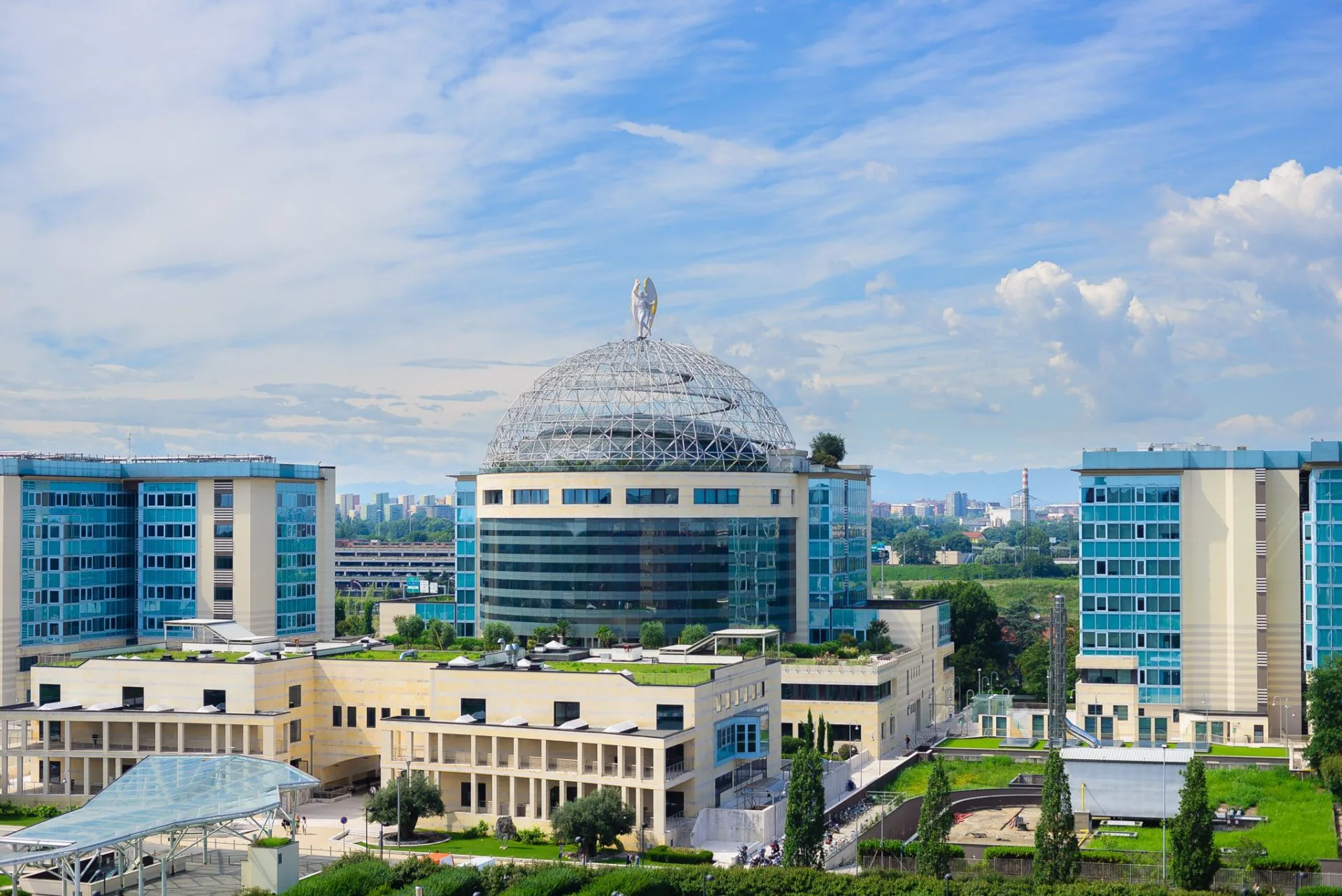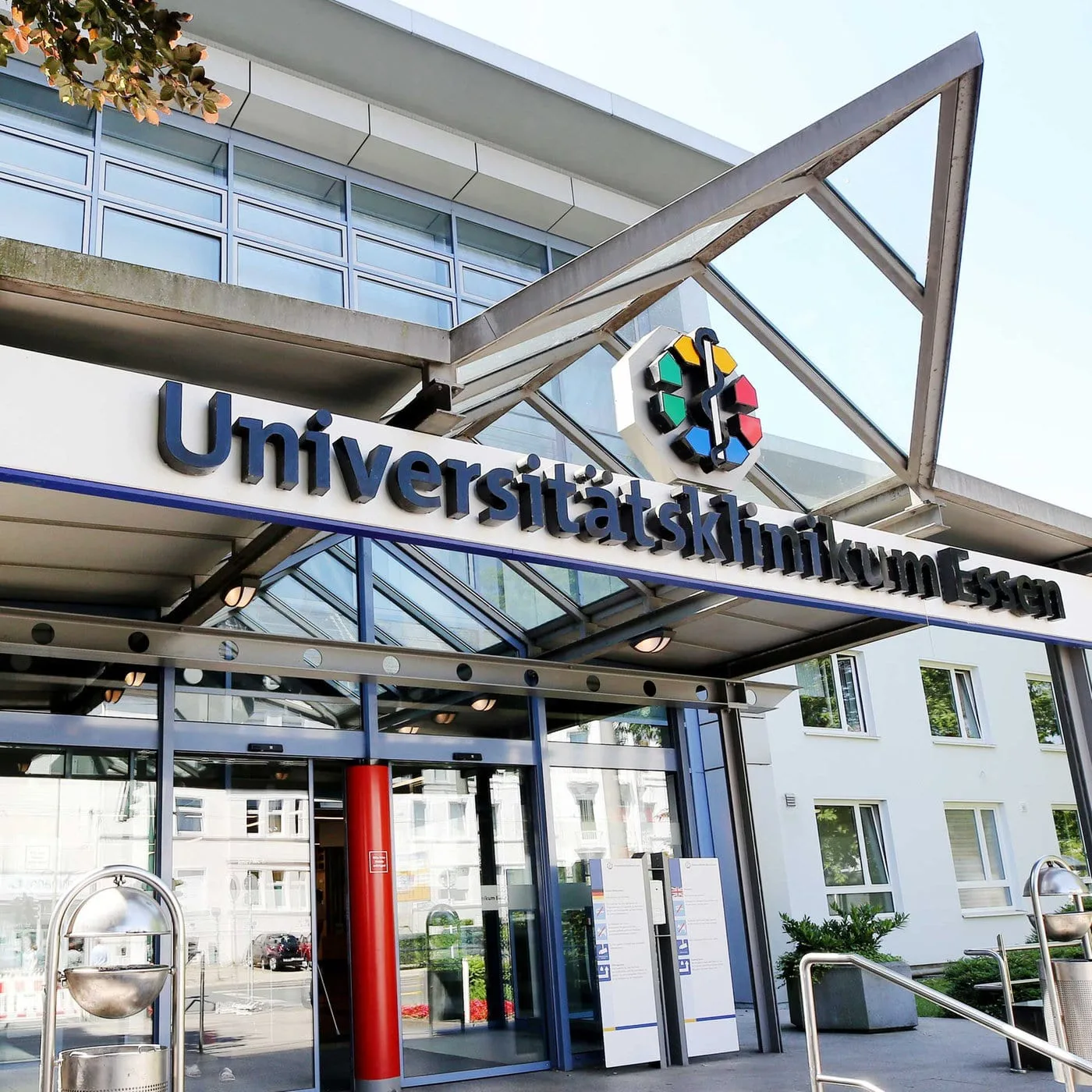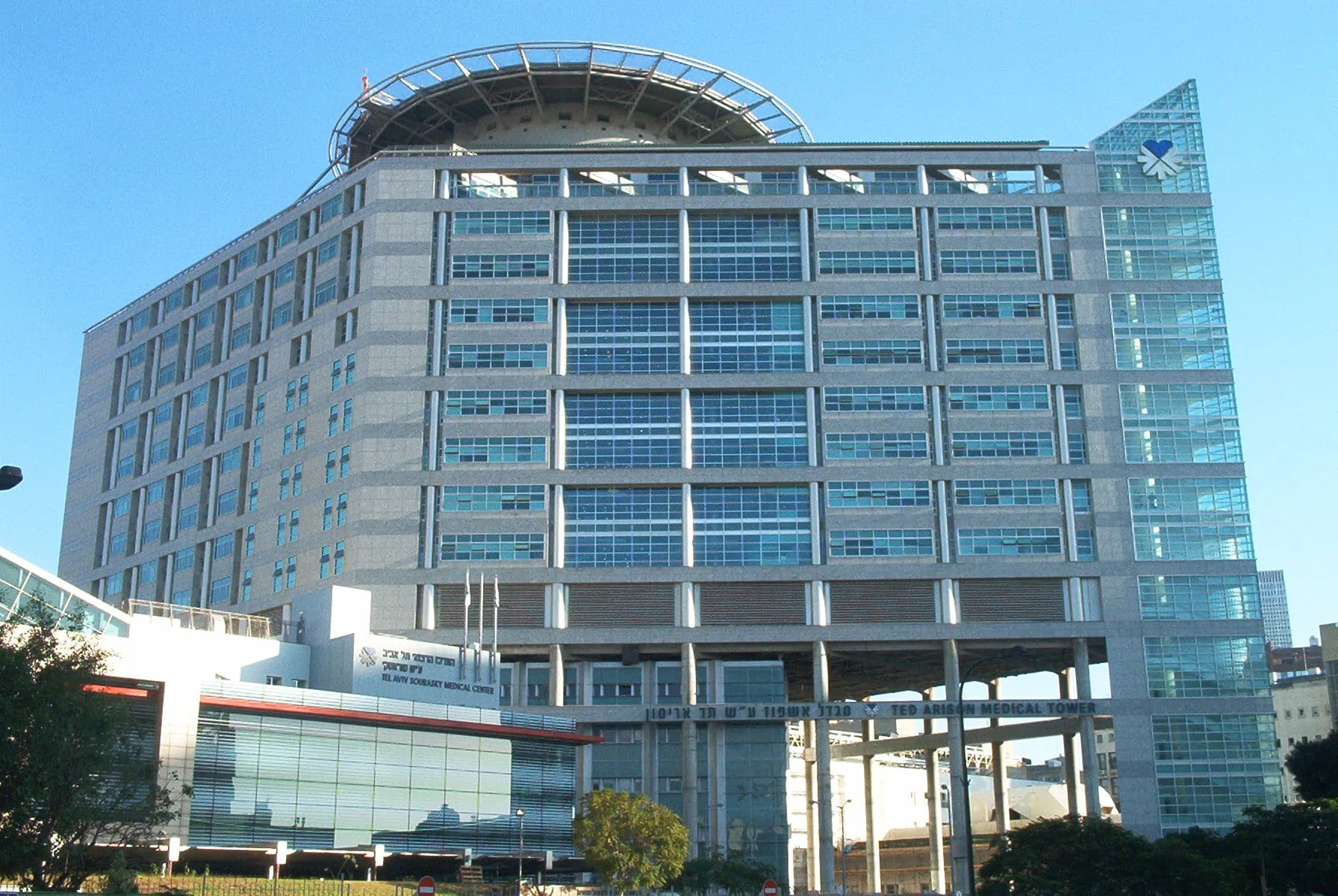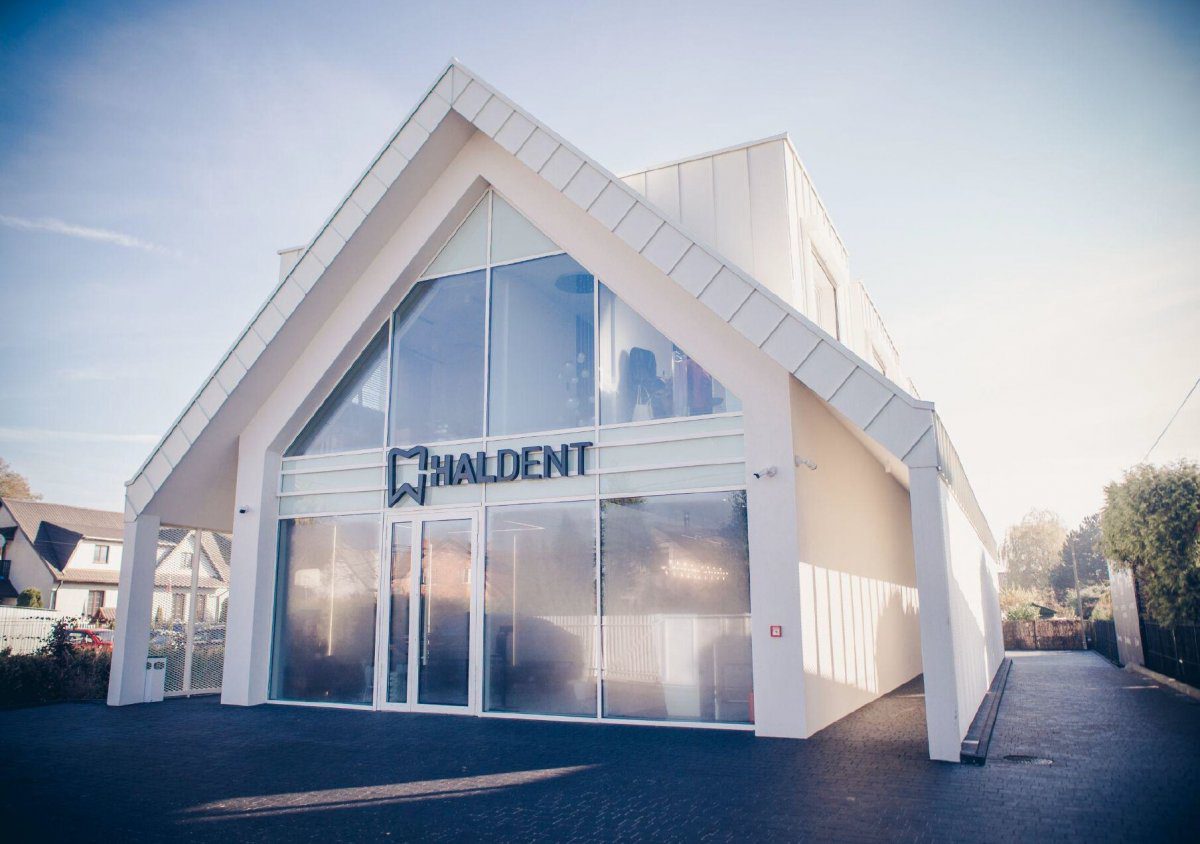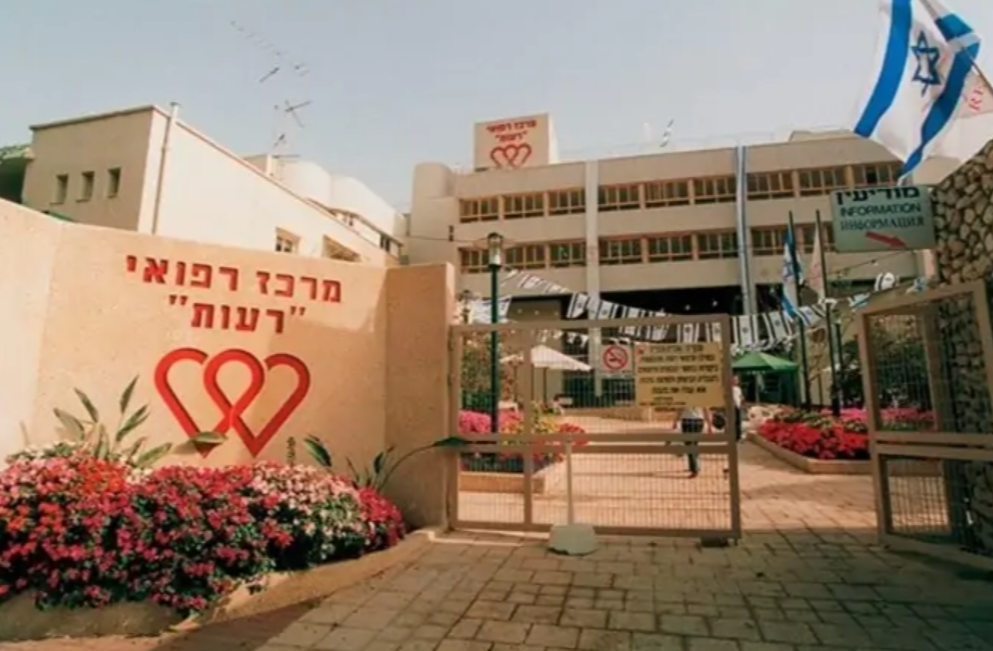Advancements in facial plastic surgery procedures enable precise transformations, enhancing symmetry, redefining contours, and restoring structural harmony. Whether requiring facial reconstruction surgery
(rhinoplasty surgery) due to trauma or seeking refinements through aesthetic enhancement, individuals now access advanced, minimally invasive solutions. Among the most sought-after enhancements, rhinoplasty surgery reshapes nasal structure for both functional improvement and aesthetic balance.
Core Enhancements
Modern aesthetic medicine provides extensive interventions beyond nose reshaping, focusing on structural refinement and facial proportionality.
Rhinoplasty Surgery: Refining Nasal Contours
A cornerstone in nasal surgery, rhinoplasty surgery restructures cartilage, bone, or soft tissue to improve function and aesthetics. Whether realigning deviated septa, refining nasal bridges, or adjusting tip projection, this procedure ensures balance and proportion. Patients monitoring changes review rhinoplasty before and after images for transformation insights.
Facelift Surgery: Restoring Youthful Definition
Among the most advanced facelift procedures, rhytidectomy targets sagging contours, volume depletion, and deep-set wrinkles. Tissue repositioning reduces laxity in the lower face and neck while maintaining natural proportions. Many patients pair it with complementary treatments for enhanced results.
Forehead Lift: Refining Brow Contours
Such procedure, also called a brow lift, corrects brow drooping, smooths deep forehead lines, and reduces frown creases. This procedure brightens expressions and diminishes signs of fatigue.
Eyelid Blepharoplasty: Rejuvenating Eye Contours
A specialized eyelid lift removes excess upper-lid skin and minimizes lower-lid puffiness. By refining periorbital structure, this procedure enhances both vision and aesthetic appeal.
Ear Reshaping: Refining Auricular Symmetry
Otoplasty corrects protruding or misshapen ears by adjusting cartilage structure. Ideal for congenital concerns or trauma-related asymmetry, this procedure ensures proportional refinement.
Nose Reshaping: Enhancing Facial Harmony
Beyond functional nasal surgery, aesthetic-focused procedure corrects humps, refines nasal tip contours, and enhances balance within facial proportions.
Chin Reshaping: Sculpting the Jawline
It modifies mandibular contours, improving overall facial equilibrium. Often combined with rhinoplasty surgery, this procedure enhances lower-face aesthetics.
Cheek Reshaping: Refining Malar Definition
Malar augmentation utilizes implants or contouring techniques to restore mid-face volume and definition.
Jaw Reshaping: Defining Lower-Face Proportions
It restructures the mandibular region, improving symmetry and refining angular definition.
Facial Implants: Enhancing Structural Volume
For individuals seeking permanent augmentation, such implants made from biocompatible materials provide long-lasting contour refinement.
Lip Augmentation: Refining Lip Contours
It utilizes injectable fillers or surgical techniques to enhance lip volume, ensuring proportional enhancement.
Post-Surgical Recovery & Expected Outcomes
Healing duration varies based on procedural complexity and individual recovery response. Advanced minimally invasive techniques accelerate healing, reducing downtime. Patients follow post-surgical care guidelines, including limited physical activity, prescribed skincare, and routine follow-ups for optimal results.
How much does rhinoplasty cost?
Pricing fluctuates based on geographical location, surgical complexity, and expertise level. Factors such as cartilage grafting, procedural refinements, and post-operative care impact total costs.
What other surgeries can be performed with rhinoplasty?
Many patients combine chin reshaping, jaw reshaping, or facial implants with rhinoplasty surgery to enhance facial symmetry. Functional nasal corrections, such as septoplasty, may also be included.
Can facelift surgery and rhinoplasty be performed together?
Yes, facelift surgery and rhinoplasty surgery are often performed simultaneously for full-face rejuvenation. Combined procedures minimize recovery time while optimizing aesthetic results.
What is the recovery time for facial surgeries?
Healing varies depending on procedural extent, with most patients resuming daily activities within 10-14 days. Swelling and bruising typically diminish within weeks, but full tissue restoration may take several months.

